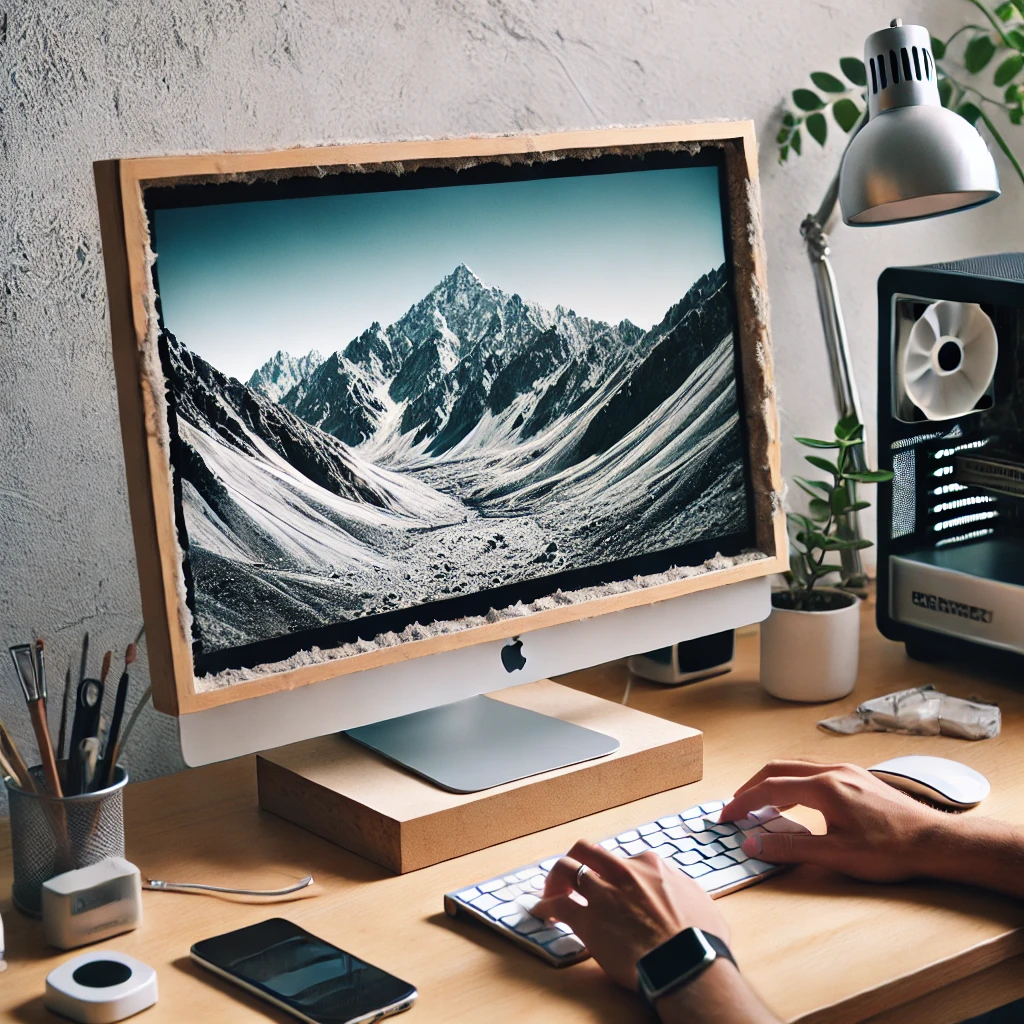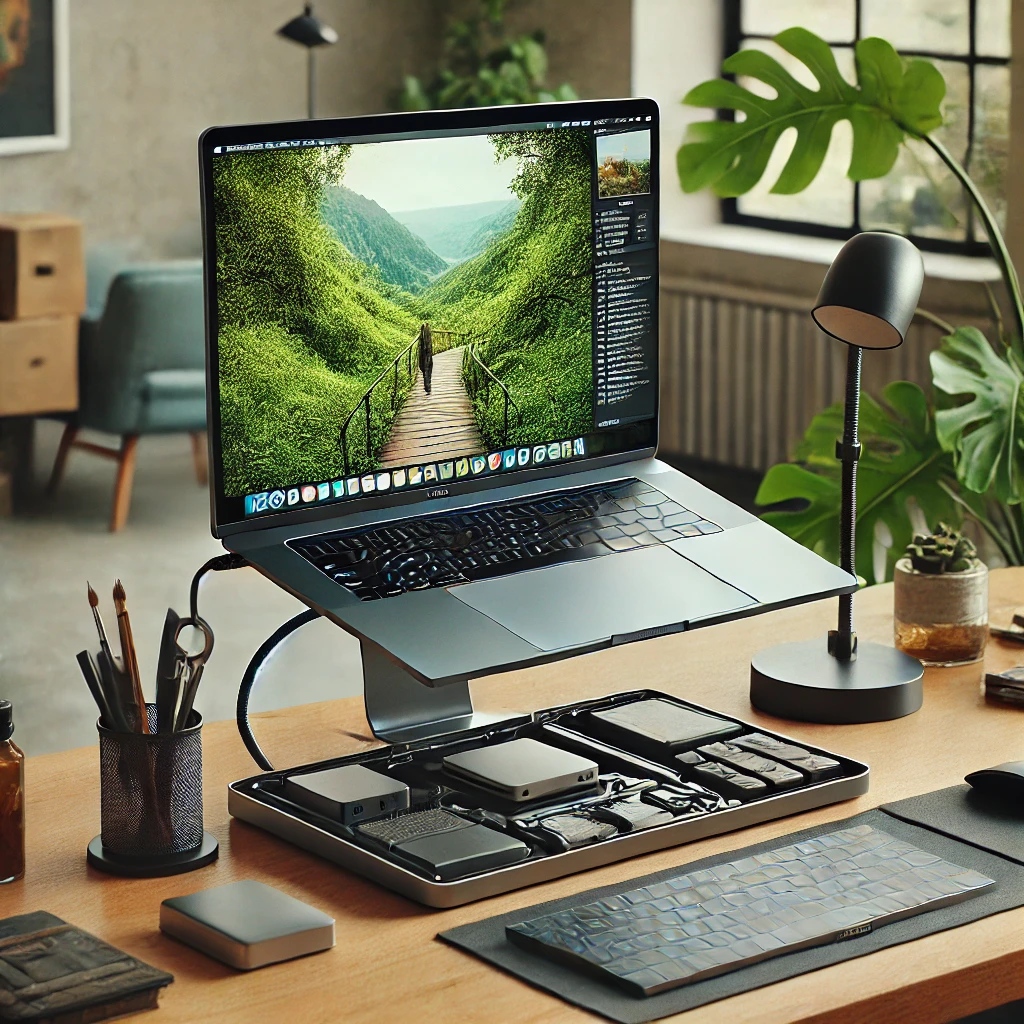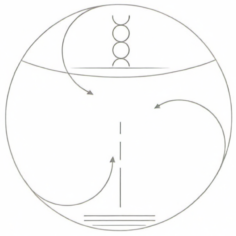Every year, heaps of outdated hardware—computer peripherals, obsolete devices, and discarded laptops—end up as waste. Many of these devices still contain valuable components that can be repurposed, yet they are often thrown away. Components no longer useful, the process of replacing which then involves unnecessary expenditures for lives, countries and supply networks while contributing to environmental degradation. Among these discarded items, laptop screens stand out as high-quality displays that could be given life in another form instead of being wasted.
Recycling this existing hardware not only reduces waste. It alleviates pressure to manufacture new products at lower prices. Pressures, that lead to environmental shaping for the demand to be accommodated, in other words exploitative labor conditions, unsustainable production methods and lower wages creating desperate demand for low-cost products – demand fulfilled by “less optimal” ways. Making use of the work already put into producing these vast numbers of screens helps cut waste while granting access to superior-quality displays at a fraction of the cost of a new monitor. Cost-reductions that may seem insignificant, like a water-droplet, but over time accumulates.

A Practical and Modular Solution
The potential for re-purposing laptop screens showed itself to me at a circular market. I took on the challenge and successfully created a portable yet stationary setup: a compact computer, peripherals, and a portable screen. Unlike a traditional laptop, the modular design meant that if any part broke, became outdated, or needed an upgrade, it could be swapped out individually without replacing the entire system. This significantly reduced dependency higher monetary quantities, while increasing capacity to use 2nd hand electronic components.
However, I encountered an issue: my screen broke during transit due to improper securing, and later, I faced challenges using a different type of display.
This experience revealed both the advantages and potential pitfalls of recycling screens. Many repurposed laptop screens far surpass cheap new monitors in quality—offering better resolution, color accuracy, and durability—all at a heavily reduced price compared to a brand-new monitor. Depending on how a screen is sourced, the cost reduction can be substantial, often reducing expenses by a factor of five. However, securing portability may slightly increase the expense – but I heard of various ideas.
Instead of purchasing cheap monitors, re-purposing old high-quality screens is a cost-effective and environmentally responsible solution. While it lowers the demand for unnecessary resource-intensive manufacturing, the profit margins also presents a business opportunity. While I am not in a position to capitalize on this potential, you can read on to learn how to recycle a screen yourself.
How to Convert a Laptop Screen into a Monitor
Transforming a laptop screen into a monitor is a straightforward process that requires only a bit of research and a few components. Extracting a screen from a laptop can be challenging, but pre-extracted screens can often be found in circular markets or second-hand electronics stores.
Find a Laptop Screen – Check circular markets, second-hand electronics shops, or e-waste recycling centers.
Identify the Model Number – This ensures compatibility with a controller board
Ensure You Can Purchase a Compatible Controller Board – These boards, typically costing €20-40 and are available on platforms like eBay.
Plug and Play – While waiting for the board to arrive, plan how best to secure the screen in a safe, stable frame, ensuring easy connection of the board’s connectors.
Detailed Instructions:
- Reuse Any Old LCD Screen by Universal Controller Board
- How to Convert a Laptop LCD into an External Monitor
Pitfalls
Compatibility Matters – A mismatched controller board will make the screen unusable. Verifying the screen’s model number against available boards prevents frustration and wasted purchases.
Screens Are Fragile – Bringing it to work? It may break unless secured in a frame or cushioned enclosure. One solution presented was using a photo-frame.
Chemical Risks – Some screens contain toxic chemicals. Avoid breaking them.
Connectivity Needs – HDMI, VGA, or DisplayPort? Ensure the controller board supports the connection type you require.
Screen Type Matters – LCD screens using LVDS (common in laptops) are among the easiest to repurpose.
Finding Screens – Extracting a screen is possible but significantly increases complexity and the risk of breakage. A friend, colleague, or repair professional may be willing to assist for a fee.
Controller boards* make re-purposing laptop screens accessible, allowing them to function as external displays with minimal technical effort.
Independence
Re-purposing existing screens extends their lifespan and directly reduces waste generation. It also lessens reliance on unethical labor practices, resource-intensive mining, and high transportation emissions. Recycling screens respects and valuates the hours of labor and resources that went into producing these, while supporting shifts towards responsible consumption.
If second-hand fashion is appealing as a sustainable choice, why not apply the same to technology? With just a few simple steps, an old laptop screen can be transformed into a fully functional monitor—saving money, reducing waste, and making a strong statement for ethical consumption.
You too can re-purpose laptop screens. Now that the process is clear and easy to follow, why not start today?

